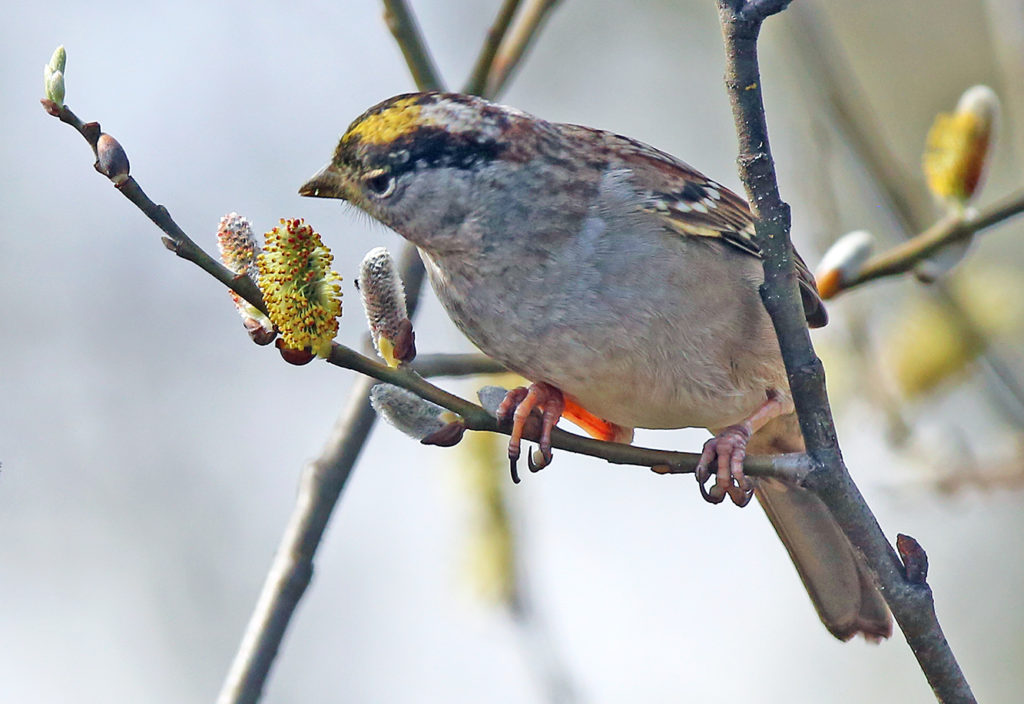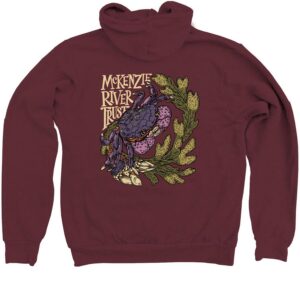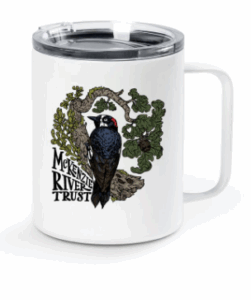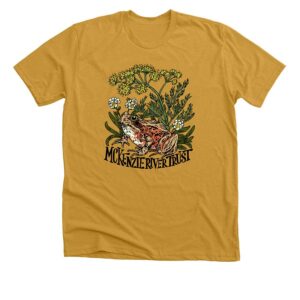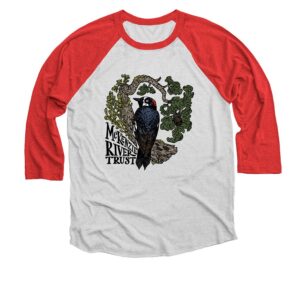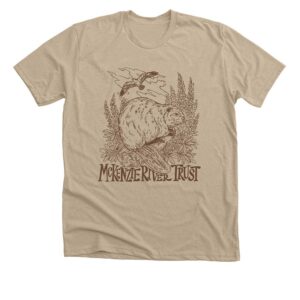Spencer Swamp
Owned Property
Spencer Swamp was acquired by the McKenzie River Trust in July 2013. The property was acquired with funds from the North American Wetlands Conservation Act (NAWCA, administered by the US Fish & Wildlife Service) through an agreement with Ducks Unlimited. A Notice of Grant Agreement between the McKenzie River Trust and the USFWS, recorded with Lane County Deeds and Records, acknowledges that the property will be forever managed for its wetland, fish, wildlife, and water quality values.
The property’s 52.46 acres consists primarily of palustrine forested wetlands, with a small area of emergent wetlands and is bisected by Spencer Creek along the entire width. In forested wetland areas, the vegetation consists primarily of Oregon white oak and Oregon ash with a common snowberry understory and slough sedge. Native shrubs, such as Douglas spirea, and a variety of native sedges and rushes are found in the small area of open, emergent wetlands as well. Management of the site will focus on the maintenance of the site’s existing high-quality wetland resources.
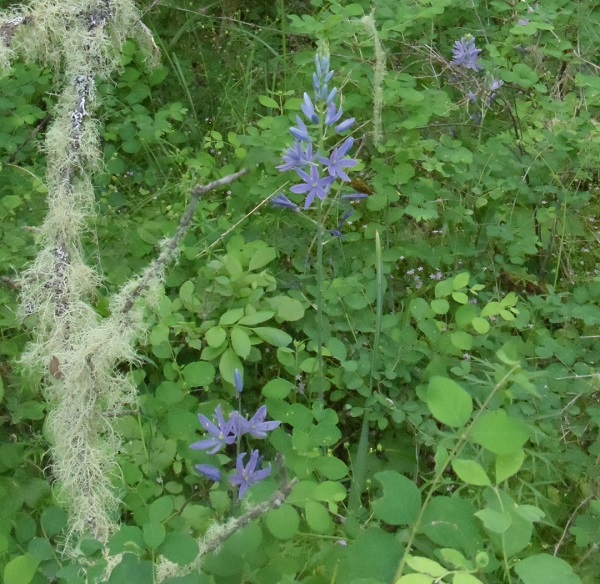
ABOUT SPENCER SWAMP
Located along Spencer Creek, the 52-acre Spencer Swamp property was purchased by the McKenzie River Trust in 2013. This forested wetland is in very good condition. The land hosts a diversity of migratory birds including flycatchers, warblers, and grosbeaks. The site was purchased with funding assistance through the North American Wetlands Conservation Act (USFWS).

Protecting Wetland Habitats
Spencer Swamp is primarily made up uniformly of palustrine forested wetlands and an associated riparian corridor, with only a small pocket of emergent wetlands. Acquisition of the property for perpetual conservation was largely driven by the extent and quality of these wetland resources. These wetland areas are subject to frequent overtopping of the banks of Spencer Creek and remain wet through much of the year.
Palustrine Forested Wetlands
The forested wetlands are dominated by Oregon white oak and Oregon ash with an understory dominated by common snowberry, poison oak, and slough sedge. The habitat is also characterized by large amounts of large wood brought in during high flows from the streams, significant beaver activity, and considerable habitat complexity in the form of snags and, masses of debris carried in by high flows. Palustrine forested wetlands offer extraordinary cover, rearing, and foraging opportunities for terrestrial mammals, reptiles and amphibians, and nesting and foraging areas for migratory waterfowl and neo-tropical migratory songbirds, and raptors. Isolated wetland ponds offer exceptional foraging and nesting opportunities for disturbance-sensitive waterfowl species such as wood ducks.
Palustrine Emergent Wetlands
The small area of palustrine emergent wetlands present on the property provide an interface between two wetland types and a rich edge where the needs of species requiring one or both of these wetland types are met exceptionally well. PEM areas are dominated by slough sedge, spreading rush, soft rush, common camas, Douglas spirea, and clustered wild rose.
